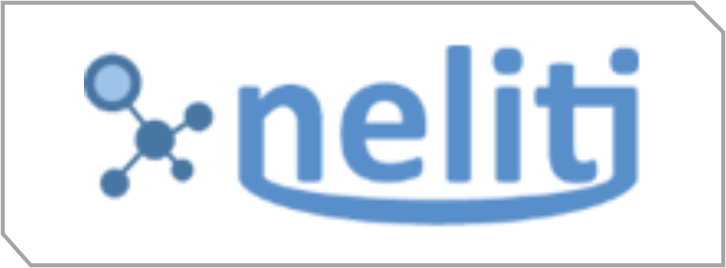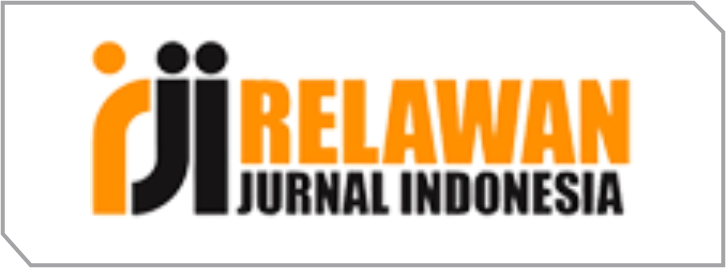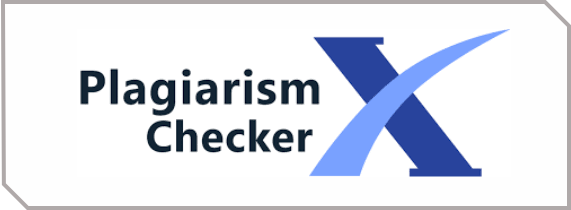Exploring Gen-Z Learning Preferences: A Comparative Study of Traditional, Online, and Blended Learning Models
DOI:
https://doi.org/10.53748/jmis.v4i1.65Keywords:
Gen Z, Learning Preferences, Online learning, Blended learning, Traditional classroom, Educational Policy, Connectivism, ConstructivismAbstract
Purposes - The primary objectives of this research are to explore Gen-Z’s preferred learning environments, identify the factors influencing their choices, and uncover the challenges and opportunities associated with each learning model. Additionally, the study aims to provide actionable insights for educational policy-making and practice.
Methodology - A quantitative research approach was employed, utilizing surveys distributed to a diverse sample of Gen-Z students aged 18-24 currently enrolled in higher education. The survey collected data on participants' preferences, engagement levels, and the effectiveness of different learning models. Statistical analyses were performed to assess the relationships between the variables.
Findings - The findings reveal that Gen-Z shows a strong preference for online and blended learning models over traditional classroom settings. The study highlights the significant impact of elements such as connectivism and constructivism on learning model effectiveness, while factors like student engagement and participant information also play moderate roles. However, the direct influence of knowledge acquisition on the choice of learning model was found to be minimal.
Novelty - This research contributes to the limited academic literature on Gen-Z learning preferences by focusing on the comparative effectiveness of different educational models. The study provides a contemporary understanding of how digital natives interact with learning environments, offering insights that are crucial for developing future educational strategies.
Research Implications - The study’s results have practical implications for educators and policymakers. By aligning teaching methods with Gen-Z’s preferences, educational institutions can enhance student engagement and learning outcomes. Furthermore, the research underscores the need for integrating technology into education and preparing for future shifts in learning trends among younger generations.
Downloads
References
Alruthaya, A., Nguyen, T.-T., & Lokuge, S. (2021). The application of digital technology and the learning characteristics of Generation Z in higher education. Australasian Conference on Information Systems. https://doi.org/10.48550/arXiv.2111.05991
Cohen, J. (1988). Statistical power analysis for the behavioral sciences (2nd ed.). New York: Routledge.
Di’amah, H., Fitriyyah, D., Vonny, S., Tulak, H., Maria, St., & Wijaya, H. (2023). Gen Z students’ perception of ideal learning in post-pandemic: A phenomenological study from Indonesia. International Journal of Educational Methodology, 9(2), 423–434. https://doi.org/10.12973/ijem.9.2.423
Ghozali, I. (2016). Aplikasi Analisis Multivariate Dengan Program IBM SPSS 23 (Edisi 8). Semarang: Badan Penerbit Universitas Diponegoro.
Giray, L. (2022). Meet the Centennials: Understanding the Generation Z student. International Journal of Sociologies and Anthropologies Science Reviews (IJSASR), 2(4), 9–18. https://doi.org/10.14456/jsasr.2022.26
Hendrastomo, G., & Januarti, N. E. (2023). The characteristics of Generation Z students and implications for future learning methods. Jurnal Kependidikan: Jurnal Hasil Penelitian dan Kajian Kepustakaan di Bidang Pendidikan, Pengajaran dan Pembelajaran, 9(2), 484. https://doi.org/10.33394/jk.v9i2.7745
Hernandez-de-Menendez, M., Escobar Díaz, C. A., & Morales-Menendez, R. (2020). Educational experiences with Generation Z. International Journal on Interactive Design and Manufacturing (IJIDeM), 14(3), 847–859. https://doi.org/10.1007/s12008-020-00674-9
Koohang, A., Riley, L., Smith, T., & Schreurs, J. (2009). E-learning and constructivism: From theory to application. InSITE Conference. https://doi.org/10.28945/3321
Kropf, D. C. (2013). Connectivism: 21st century’s new learning theory. European Journal of Open, Distance and e‐Learning, 16(2).
Marcus, V., Masrahi, A., & Motamedi, S. (2022). Generation Z and e-learning: Covid-19, personality, and technology acceptance. Proceedings of the Human Factors and Ergonomics Society Annual Meeting, 66(1), 2103–2107. https://doi.org/10.1177/1071181322661183
Martin, J. J. (2017). Self-determination theory. Oxford Scholarship Online. https://doi.org/10.1093/oso/9780190638054.003.0019
Mohamed, Z., Ubaidullah, N., & Yusof, S. (2018). An evaluation of structural model for independent learning through connectivism theory and web 2.0 towards students’ achievement. Proceedings of the International Conference on Applied Science and Engineering (ICASE 2018). https://doi.org/10.2991/icase-18.2018.1
Mohr, K. A. J., & Mohr, E. S. (2017). Understanding Generation Z students to promote a contemporary learning environment. Journal on Empowering Teaching Excellence, 1(1).
Morgan, H. (2021). Howard Gardner’s multiple intelligences theory and his ideas on promoting creativity. In F. Reisman (Ed.), Celebrating giants and trailblazers: A-Z of who’s who in creativity research and related fields (pp. 124-141). London, UK: KIE Publications.
Mosca, J. B., Curtis, K. P., & Savoth, P. G. (2019). New approaches to learning for Generation Z. Journal of Business Diversity, 19(3). https://doi.org/10.33423/jbd.v19i3.2214
Muhtadi, A., Ismaniati, C., Haryanto, H., Miyarso, E., & Jayanti, D. D. (2022). Gender perspective: Independent learning of Generation Z in online learning. Journal of Education Technology, 6(2), 191–198. https://doi.org/10.23887/jet.v6i2.42969
Ozili, P. K. (2022). The acceptable R-square in empirical modelling for social science research. SSRN Electronic Journal. https://doi.org/10.2139/ssrn.4128165
Paas, F., & van Merriënboer, J. J. (2020). Cognitive-load theory: Methods to manage working memory load in the learning of complex tasks. Current Directions in Psychological Science, 29(4), 394–398. https://doi.org/10.1177/0963721420922183
Paulina, C., & Ernawati, E. (2022). How to develop learning styles to encourage Gen Zers in their academic performance and workforce. Business Economic, Communication, and Social Sciences (BECOSS) Journal, 4(2), 121–132. https://doi.org/10.21512/becossjournal.v4i2.8378
Persada, S. F., Ivanovski, J., Miraja, B. A., Nadlifatin, R., Mufidah, I., Chin, J., & Redi, A. A. (2020). Investigating Generation Z’s intention to use learners’ generated content for learning activity: A theory of planned behavior approach. International Journal of Emerging Technologies in Learning (iJET), 15(04), 179. https://doi.org/10.3991/ijet.v15i04.11665
Persada, S. F., Miraja, B. A., & Nadlifatin, R. (2019). Understanding the Generation Z behavior on D-learning: A unified theory of acceptance and use of technology (UTAUT) approach. International Journal of Emerging Technologies in Learning (iJET), 14(05), 20. https://doi.org/10.3991/ijet.v14i05.9993
Shea, P. (2022). Advancing the community of inquiry framework. Proceedings of the 2022 AERA Annual Meeting. https://doi.org/10.3102/1892411
Taber, K. S. (2017). The use of Cronbach’s alpha when developing and reporting research instruments in science education. Research in Science Education, 48(6), 1273–1296. https://doi.org/10.1007/s11165-016-9602-2
Thejovathi, K. S., & Krishnan, L. R. K. (2020). Gen Z: A case study of learning preferences and organizational practice. Journal of Productivity Management, 14(11).
Yunus, R. M. (2021). Increasing human literacy for Generation Z through learning to use technology in Indonesia. International Journal of Science and Society, 3(4), 245–256. https://doi.org/10.54783/ijsoc.v3i4.512
Downloads
Published
How to Cite
Issue
Section
License
Copyright (c) 2024 Journal of Multidisciplinary Issues

This work is licensed under a Creative Commons Attribution 4.0 International License.
Authors retain copyright and grant the journal right of first publication with the work simultaneously licensed under a Creative Commons Attribution 4.0 (CC 4.0) that allows others to share the work with an acknowledgement of the work's authorship and initial publication in this journal.
Authors are able to enter into separate, additional contractual arrangements for the non-exclusive distribution of the journal's published version of the work (e.g., post it to an institutional repository or publish it in a book), with an acknowledgement of its initial publication in this journal.


















